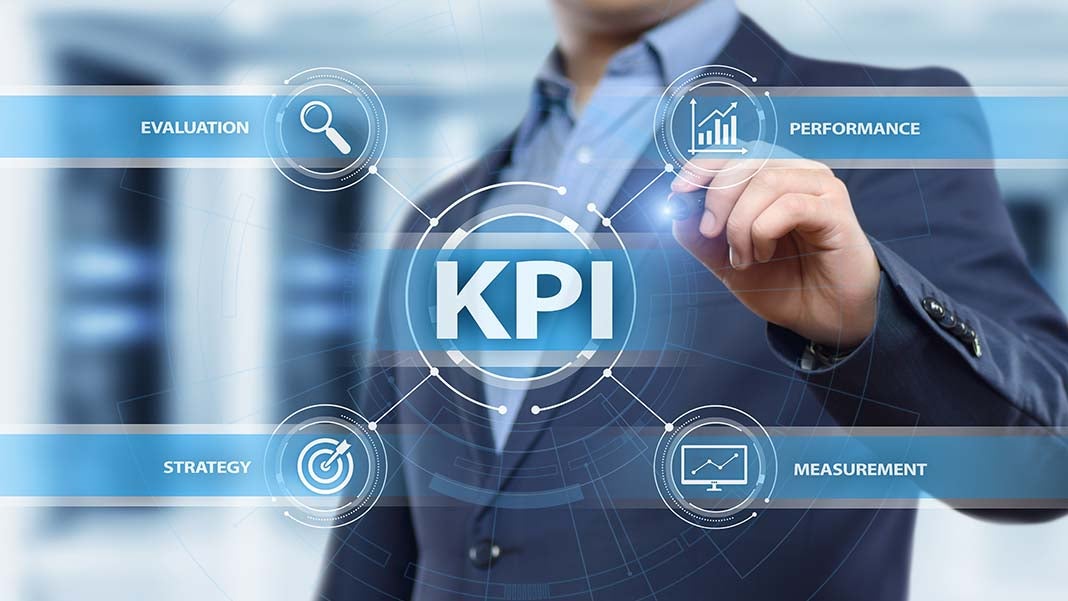
In business, you won’t get very far without key performance indicators (in short, KPIs) to monitor your success. They help you see the big picture, evaluate your strategy and plan for the growth of your business. Measuring KPIs in digital marketing is essential when it comes to bringing in a positive return on investment.
Why’s that? Because, digital marketing more than any online business, thrives on quantifiable data. In a world of pandas, penguins and possible penalties, online marketing is a tricky field that is continually changing. You will undoubtedly have some questions:
- What digital marketing KPIs should I monitor?
- How do “digital marketing” KPIs differ from regular business goals?
- Will these KPIs accurately reflect the steady growth of my business?
While these challenges can be difficult, your ability to overcome them will determine the success of your online business. Let’s start with the basics, the definition of a key performance indicator.
What is a KPI?
The term key performance indicator refers to specific metrics used to monitor the progression of your business. Whether mentioned in an online or offline capacity, they are typically numbers that relate to a particular area of your business, including financial profit, website traffic or form completions. The right KPIs will map out the success of your business and your priorities for the financial year ahead.
You will need to establish first which area of business you want to monitor to ensure the most efficient results. Here are some tips on how to make that decision:
- Simplicity is key. Make it so that your employees can understand precisely what they are working toward. It’s not a complicated algorithm—it’s basic math, so it should be easy to communicate with other team members.
- Put a time on everything. There’s no point in having an endless tracking system. You should set yourself a deadline, and be realistic but strict with your achievements.
- Stay action-orientated. Avoid spreading yourself too thin as this will only result in a plethora of goals and not enough time to focus on them. Instead, prioritize ones that are linked to a specific action. In other words, the ones that will bring in more business.
One thing to consider is that not all digital marketing metrics are going to make a big difference to your business suddenly. For examples, page views, bounce rate and CTR are things to keep an eye on but don’t indicate what’s going on behind the scenes.
On the other hand, setting up HotJar tracking to pinpoint where people are clicking will help you sculpt out the perfect page for SEO. Comparing page activity in relation to the amount of traffic entering your site through organic search will directly inform the strategy for your next marketing campaign.
Are there changes to be made that will give you a boost in the search engine results? If so, make them and note down every time to do so. Google Analytics is the perfect platform for this.
Conversion Rates
Conversion rates are, of course, the key to framing your future lead generation strategy, and you can use them to compare to your incoming profits. There are more specific conversions to track other than profit alone, such as keyword conversions and form enquiries that point to a broader sales funnel process. You may want to create a spreadsheet to monitor your conversions during peak periods.
Revenue
What does every business decision boil down to? You guessed it, revenue. To keep a handle on your monthly income, monitor things like average order value, lifetime order value, cost of customer acquisition and the value of any outgoings.
A return on investment is what every business owner is looking for. Are you investing in AdWords to generate more business? If so, that’s great but don’t forget to monitor what you are spending every day.
Looking for more ways to boost your ROI in 2018? Read this related article on how to exceed ROI expectations with highly effective PPC.
User Experience
Does the majority of your website traffic come from organic search, social media or referrals? Are your posts on social media resulting in clicks through to your site? At what point in your sales funnel are you noticing a change in behavior? You want to take a closer look at what your customers are doing online and find opportunities to engage with them.
Conclusion
Focus on digital marketing KPIs that contribute to the long-term success of your business like return customers and not losing out to competitors with bigger budgets. What’s best for business? Results tell that story.
You want to focus on a strategy that is sustainable and will not only deliver a higher ROI but will actually improve customers’ behavior and user experience. This can be a bit of a trial and error process which requires continuously refining our online strategy.
It’s very rare that a business gets it “exactly” right the first time around. Don’t be afraid to A/B test strategies and set new digital marketing KPIs to see what brings in higher profits.












